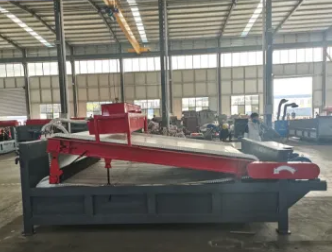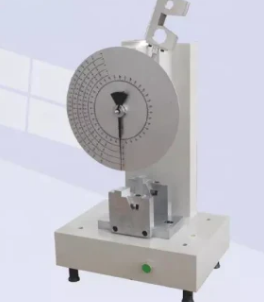Full Removal Machine of Iron in Nonmetallic Minerals and Conductive Materials
The full removal of iron from nonmetallic minerals and conductive materials often involves a combination of physical and magnetic separation methods. The process aims to eliminate iron-containing impurities to improve the purity and quality of the final product. Several machines and techniques can b......
Send Inquiry
Product Description
The full removal of iron from nonmetallic minerals and conductive materials often involves a combination of physical and magnetic separation methods. The process aims to eliminate iron-containing impurities to improve the purity and quality of the final product. Several machines and techniques can be used for this purpose, depending on the specific material and its characteristics. Here's a general overview of a process for removing iron from nonmetallic minerals and conductive materials:
1. Crushing and Grinding: The first step is to reduce the size of the raw material through crushing and grinding. This prepares the material for subsequent processing and separation steps.
2. Magnetic Separation: Magnetic separation is a common method for removing iron impurities from minerals and conductive materials. There are various types of magnetic separators, including:
Magnetic Drum Separators: These separators use a rotating drum with powerful magnets to attract and separate magnetic materials from the non-magnetic ones.
Magnetic Roll Separators: Magnetic rolls are used to separate magnetic materials from non-magnetic ones as the material passes between the rolls.
High-Gradient Magnetic Separators: These separators are more advanced and are capable of removing very fine magnetic particles from non-magnetic materials.
Electromagnetic Separators: In some cases, electromagnetic separators can be used to generate a strong magnetic field for separation.
3. Gravity Separation: In some cases, gravity separation techniques like spiral concentrators or shaking tables can be used to further remove iron impurities based on differences in density.
4. Flotation: Flotation is another method used for removing iron-bearing minerals. It relies on the different surface properties of minerals to separate them.
5. Electrostatic Separation: For conductive materials, electrostatic separation can be employed. It relies on differences in electrical conductivity to separate materials.
6. Chemical Treatments: In some cases, chemical treatments may be applied to selectively dissolve or alter iron-bearing minerals, making them easier to separate from the desired nonmetallic materials.
7. Screening and Sizing: After separation, the material may go through screening and sizing processes to ensure that the final product meets the desired specifications.
8. Quality Control: Throughout the process, quality control measures are essential to ensure that the iron removal is effective and that the final product meets the required purity standards.
The specific equipment and methods used in this process can vary widely depending on the type of nonmetallic material and its iron impurity content. For example, removing iron from quartz sand or kaolin clay may require different approaches than removing iron from graphite or talc.
It's important to tailor the iron removal process to the unique characteristics of the material in question and to adhere to industry-specific standards and regulations to ensure the final product's quality and purity. Additionally, professional expertise and laboratory testing may be necessary to optimize the iron removal process for a specific material.








